Spanish
Spanish
Why choose Spanish?
Spanish is a global language with about 500 million native speakers. It is also spoken by around an additional 100 million people worldwide as a second language. It is the official language of twenty countries. Spanish is the world’s second-most spoken native language after Mandarin Chinese.
In the context of ever-increasing globalisation, there are many benefits to be gained from acquiring a high level of fluency and proficiency in a language that is so widely spoken across the world. Whether one’s main pursuit is Engineering, Law, Tourism, Medicine, Tourism, Economics, Finance, Sociology or Education, fluency in Spanish will open additional paths that can enhance any career and provide a range of avenues for promotion.
Further, apart from developing advanced linguistic competency in the language, A-Level Spanish also provides a wonderful opportunity to delve deeply into the rich, vibrant culture and history of the Spanish-speaking world.
Finally, the linguistic, research and analytical skills that students develop in this course are transferable to a wide range of disciplines.
What study skills do you need?
Through various activities and pedagogical supports, students strengthen their competence in the four skill areas of speaking, listening reading and writing. For the receptive skills of reading and writing, learners acquire a wide range of vocabulary and grammatical tools that empower them to function at an advanced level in these two areas. This in turn arms students with the proficiency to improve the productive skills of speaking and writing. Students are thus equipped to express themselves verbally and in writing in a range of topics confidently, effectively and with a high level of grammatical accuracy.
Students will also develop deep analytical skills as they study different themes, literature and movies. There are many opportunities for in-depth discussions on the afore mentioned. Further, students write on average two essays weekly in the target language from the onset of the course, which also fosters analytical thinking.
Further, students develop valuable translating skills as they practise translating texts from Spanish to English and vice versa.
Finally, learners develop research skills and techniques throughout the course and as they prepare for the Individual Research Project which culminates in a verbal
GCSE requirements
A minimum of 7 for Spanish GCSE and in English Language
Course content
The course is knowledge and perspective-rich.
For AS level, students study the following six topics:
- Traditional and Modern Values
- Cyberspace
- Gender Equality
- Artistic Culture in the Hispanic World
- Regional Identity in Spain
- The Cultural Heritage of the Spanish-speaking World
At AS level, students also study the text El Otro Árbol de Guernica by Spanish author Luis de Castresana.
At A2 level, students cover these themes:
- Immigration
- Racism
- Harmonious Living in Heterogenous Societies
- Youth Today
- Monarchies and Dictatorships
- Trade Unions and Social Protests
In this second year of the course, students study the Mexican film Abel directed by Diego Luna.
Of course, much time is given to honing many aspects of grammar, with special emphasis on the use of the subjunctive mood.
https://www.aqa.org.uk/subjects/languages/as-and-a-level/spanish-7692/specification-at-a-glance
Higher education and career opportunities
A qualification in A-Level Spanish is highly valued by many tertiary educational institutions and employers. It provides a very strong foundation for further study at university of both Spanish language and literature, not to mention courses in translating and interpreting. It is also a tremendous asset in a wide range of careers such as translating, interpreting, tourism, marketing, business management and diplomatic services. Indeed, A-Level Spanish can be useful in virtually any field of expertise, including Medicine, Law and Journalism.
Get more information
Thank you!
Please try again later.
CONTACT US


| All Rights Reserved | The Cedars Laurels 6th Form
Web design by www.beardfish.co
